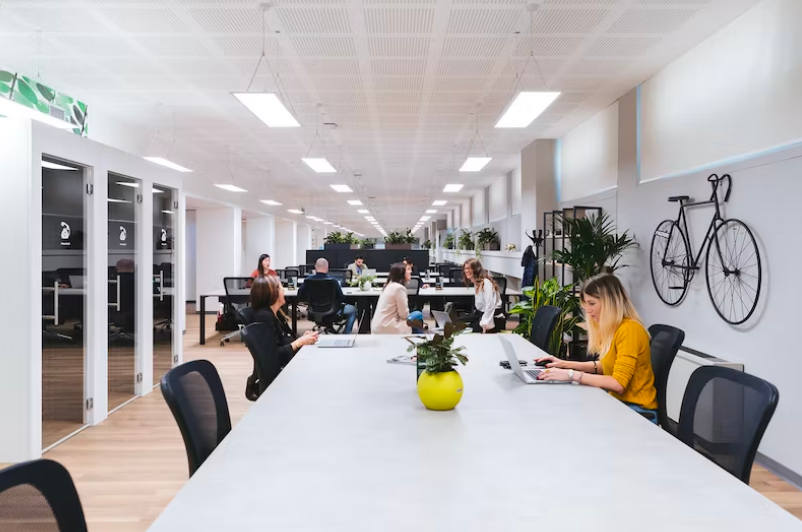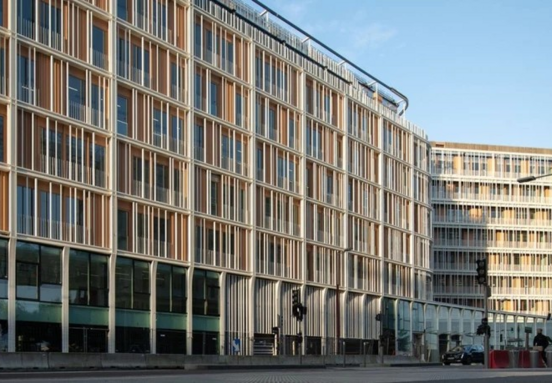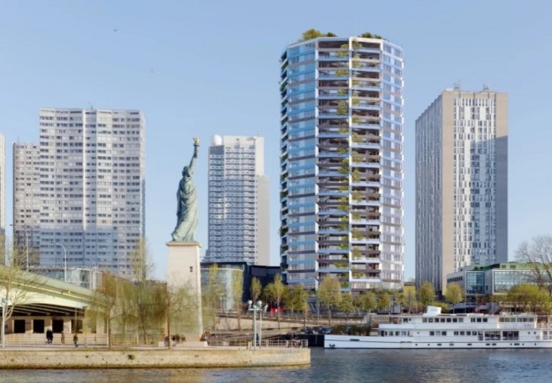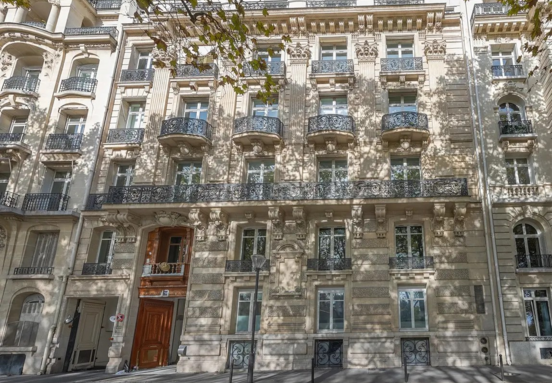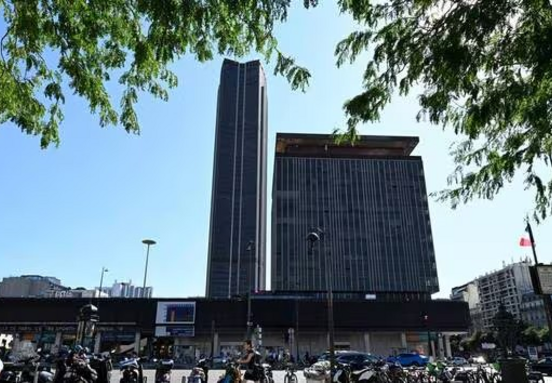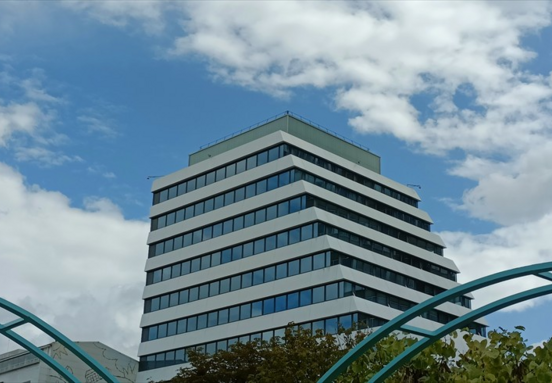Design:
Working in beautiful spaces is always more stimulating and enjoyable than facing a gray background. A large majority of companies have understood this well and invest heavily in the layout of their premises to attract new recruits to work for them. Office design has now become an integral part of employer branding. This trend has been notably accelerated by the rise of coworking spaces, which rely heavily on aesthetics to attract their users.
But beware of overdoing it. Installing a slide in the reception area or a foosball table in the middle of the open space will only be suitable and used if the company culture aligns with the layout. In some cases, it can even create frustration and distrust toward the company when the message conveyed—especially through the space design—and the daily reality are not aligned.
Ergonomics:
The lockdown, and thus mandatory work from home, highlighted the importance of ergonomics for a workstation. The INRS (French Institute for Occupational Health and Safety) describes it as follows:
“A natural light without glare but not zenithal, an eye-level view outside, an 80 cm deep desk adjustable in height with a non-reflective surface, a five-legged chair with adjustable seat and backrest, and casters suitable for the floor so they roll but not too much” (non-exhaustive list).
If you managed to tick all these boxes, that’s great, but the user must also vary their postures, move around, and take breaks. Still good? Let’s continue: each individual is built on the same model but is not identical (otherwise we would be robots)! Paul is 1.5 m tall and spends his time glued to his screen, Jimmy paces while chatting with clients, and Laura spends more time in meeting rooms than at her desk.
You see where I’m going? It is indeed very important to design ergonomic spaces and especially to give importance to the work chair*, but don’t try to copy studies word for word. Start by listening to your team!
Flexibility:
This is the buzzword everywhere (even on this blog): flexible spaces are needed not only in their layout but also in their location. We now talk about spaces in the plural!
The ultimate flexibility developing in recent years is offering employees flex offices—that is, without assigned seats so that each morning and throughout the day they can occupy a workstation suited to their current activity.
This form of flexibility, although sometimes allowing savings in square meters, is not always accepted or appreciated by employees: +9 points of dissatisfaction with quality of work life compared to the average of workers. So yes to flexibility because it is now essential, but it must be adapted to the team and its usage.
Conclusion:
Wanting at all costs design, ergonomic, and flexible spaces to create dream places does not make them perfect offices! The perfect office for everyone does not exist…
Note that for a successful project, the perfect office is also above all one with the smallest possible environmental and social impact. So don’t forget the essential ingredient: responsible furniture.
